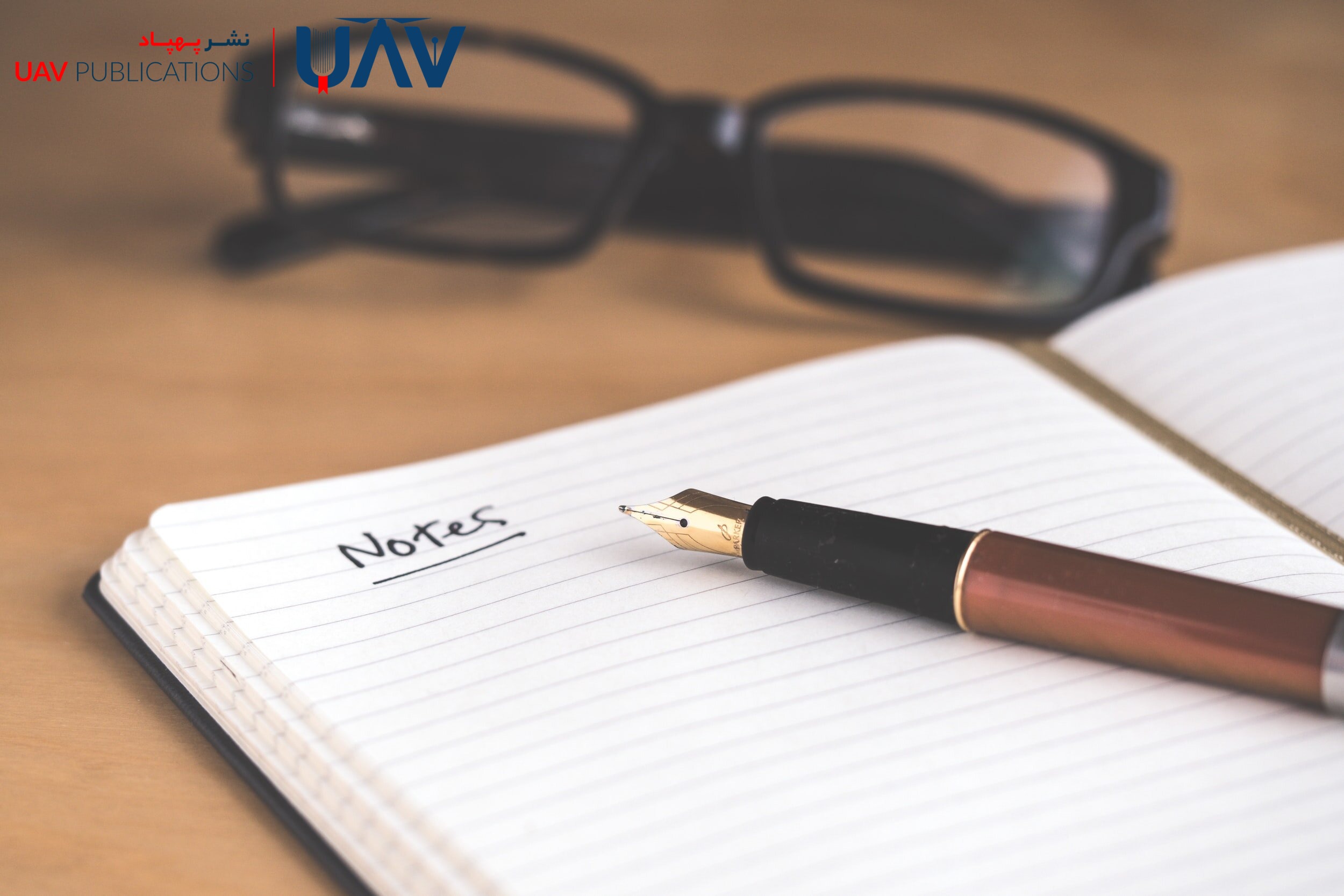Why Is Book Summarization and Note-Taking Important?
Summarizing and taking notes from books not only deepens one’s comprehension but also strengthens long-term memory. When engaging with academic, educational, or philosophical texts, many concepts may appear straightforward on the surface, yet they often conceal intricate structures beneath. Capturing key points—whether manually or digitally—helps the mind organize information through active processes such as analysis, categorization, and reasoning. This type of mental engagement is strongly correlated with practical learning.
Lifelong learners—students, educators, researchers, and avid readers—can use book summarization and note-taking to build a coherent mental framework and maintain easy access to previously acquired knowledge. In essence, it resembles the creation of a personal library within the mind. In today’s world, where the volume of information is overwhelming, the ability to filter out essential content and highlight key ideas has become a strategic skill. Many experts in memory and learning agree that summarization is a form of “active learning,” which is significantly more effective than passive reading. Used wisely, these methods are not only time-efficient but also lead to the construction of more profound knowledge.
The Importance of Choosing the Right Sources for Note-Taking
A crucial prerequisite for effective summarization and note-taking is selecting precise and appropriate sources. Not every book is worth annotating. The reader must evaluate the content analytically. For deep and lasting learning, books with a solid scientific structure, logical coherence, credible references, and practical value are ideal. A university textbook that adheres to rigorous academic standards or a reputable personal development reference is a strong candidate for structured note-taking. Individual needs should also be considered; for instance, someone aiming to enhance their writing skills should prioritize books on style and writing techniques rather than general prose.
Reviewing the preface, table of contents, and reader reviews can also help evaluate a book’s suitability for your needs. It’s advisable to read the first few chapters without taking any notes to familiarize oneself with the author’s tone and structure. This initial reading fosters a deeper understanding of the book’s intent, making subsequent notes more targeted and organized. Ultimately, a good source stimulates thought, inspires ideas, and warrants documentation. Otherwise, valuable time and energy may be spent on material with little return on investment.
The Line-by-Line Method and Its Significance
One widely recognized method in summarizing and note-taking is the line-by-line technique. In this approach, the reader processes each sentence or paragraph and immediately records the core idea in their own words. This is particularly effective in texts with technical, scientific, or analytical content, as it prevents getting lost in details and helps maintain the overarching structure. The method keeps the mind engaged and avoids the pitfall of passive consumption. In this way, the reader acts not merely as a recipient but as an active processor of information.

While time-consuming, this approach significantly enhances comprehension and retention. Over time, it trains the mind to filter out unnecessary content and extract critical points automatically. It is beneficial in the early stages of learning a new subject, as it helps distinguish between primary and secondary concepts. As proficiency grows, readers can graduate to more concise summarization techniques. Importantly, the notes should be written in a personal and familiar style to aid understanding and recall.
The Role of Highlighting
Highlighting is one of the most effective tools in the process of summarization and note-taking. Using colored markers or digital tools, readers can highlight key concepts and essential sentences as they progress through the reading process. This increases focus and facilitates future review. However, it is crucial to highlight selectively. Highlighting entire paragraphs undermines the method’s effectiveness and makes it difficult to distinguish essential points from supporting details.
Utilizing different colors to categorize themes or types of information—such as yellow for definitions, blue for examples, and green for critical points—can make this strategy even more powerful. Digital tools like Kindle, Notion, and Evernote allow for quick access and searchability of highlighted content. Highlighting may be considered the first stage of note-taking, priming the brain for deeper analysis and rewriting. It not only enhances visual memory but also makes information retrieval more efficient.
Visual Methods and Diagrammatic Representation
For many learners, visualizing information is a powerful tool in summarization and note-taking. Mind maps, diagrams, charts, and tables enhance comprehension of complex ideas and their interrelations. Rather than processing information linearly, this method allows for structured, networked thinking. For instance, while studying a cognitive psychology textbook, a reader might map concepts like memory, perception, learning, and attention using a branching diagram or a mind map. This facilitates active engagement and more precise understanding of conceptual relationships. Tools such as XMind, MindMeister, or even traditional pen and paper can be employed.
Visual methods also strengthen long-term memory by connecting to visual imagery. Reviewing such notes becomes more manageable, as a comprehensive diagram often replaces several pages of linear notes. This approach is particularly recommended for visually inclined learners or those dealing with systematic and structured content. Visualization makes knowledge more tangible, coherent, and enduring.
Thematic Index Cards: A Targeted Note-Taking Method
Thematic indexing is a highly organized and detailed form of note-taking. Rather than documenting content sequentially, the reader groups notes by topic, independent of the book’s structure. For instance, while studying a book on modern Iranian history, one might categorize notes under themes such as “The Constitutional Revolution,” “The Role of Intellectuals,” “The Clergy’s Influence,” or “Economic Development.” This method is beneficial when the objective extends beyond understanding the text, such as using the material for research, lectures, or content creation.

Digital tools like OneNote or Notion facilitate the creation of such thematic structures and offer quick search capabilities for easier review and reference. Alternatively, physical index cards can be used for each topic. This approach helps organize thoughts and prevents informational clutter. Thematic note-taking can serve as a bridge between individual study and the production of meaningful, structured content—a method that transforms raw knowledge into applicable insight.
Post-Reading Summarization
Many learning experts recommend summarizing a chapter or an entire book only after completing the reading. Unlike note-taking during reading, this method allows the brain to develop a holistic understanding before recording key ideas. The reader should first absorb the material calmly, then rely on memory and broad interpretation to document main points. This process encourages the brain to actively reconstruct meaning rather than merely replicate the text. In this sense, post-reading summarization is akin to content creation, not transcription.
This method also helps identify core concepts more accurately and discard extraneous details. Rewriting ideas in one’s own words deepens understanding and improves recall. This technique is beneficial when preparing for exams or presentations. Moreover, the summaries can be saved as text or audio files for easy future reference. This approach combines structured thinking, memory training, and cognitive reconstruction in one cohesive process.
The Use of Symbols and Annotations
Symbols and notations are practical tools for accelerating and organizing the summarization and note-taking process. By using signs like “✔” for essential points, “?” for unclear content, “!” for intriguing facts, or “→” for conclusions, readers can more quickly analyze and categorize information. These symbols are beneficial during reviews, allowing for quick identification of the nature and significance of each note. Furthermore, they guide the mind to focus on underlying ideas rather than surface-level sentences.
Seasoned readers and educators often develop their symbol systems where each mark has a specific meaning—for example, “Δ” for changes or “⚠” for warnings. Consistency and scalability are key to maintaining the system’s effectiveness over time. Combining colors with symbols—for instance, a green “✔” or a red “!”—can enhance mental anchoring. This technique enhances both reading efficiency and visual memory, facilitating a deeper understanding.
Leveraging Digital Applications
In today’s tech-integrated world, digital applications for summarization and note-taking are not merely helpful—they’re essential. Tools such as Notion, Evernote, Obsidian, and Roam Research offer flexible frameworks for organizing, linking, and scheduling notes. These platforms support advanced features like tagging, internal linking, customizable templates, advanced search, and cross-device synchronization. More importantly, they allow the integration of text with images, diagrams, and audio files—ideal for multimodal learning. For example, while studying a history book, a user can supplement notes with timelines and analytical graphics.
Apps like Readwise can automatically extract highlights from ebooks and export them to other platforms. These tools make the learning process structured, trackable, and shareable. However, effective use requires discipline, standardized note-taking conventions, and familiarity with each platform’s capabilities. In combining technology with reading skills, these tools exponentially increase learning efficiency.
Reviewing and Rewriting Notes
Effective note-taking doesn’t end with writing—it culminates in review and revision. Without this step, notes may remain in short-term memory and eventually fade. Regular review—whether weekly or monthly—facilitates the transfer of information to long-term memory. Rewriting notes in new formats (e.g., converting summaries into mind maps or framing them as Q&A) activates the brain and reinterprets meaning. This “creative repetition” functions both as skill-building and as knowledge consolidation.

Reviewing also reveals errors in comprehension and brings overlooked insights back into focus. Merging older notes with new readings fosters the generation of fresh ideas and deeper analyses. It’s advisable to conduct a comprehensive review at the end of each month, archiving key insights in a separate file. Over time, this creates a personal, valuable knowledge base that is readily available for future use.

